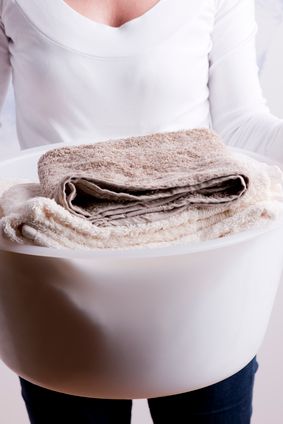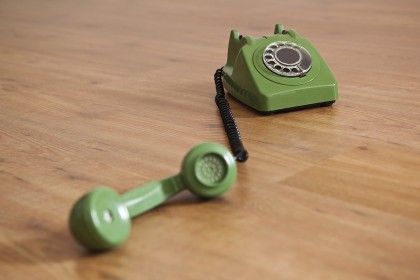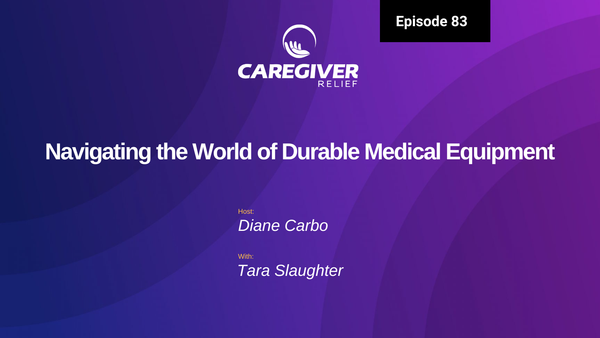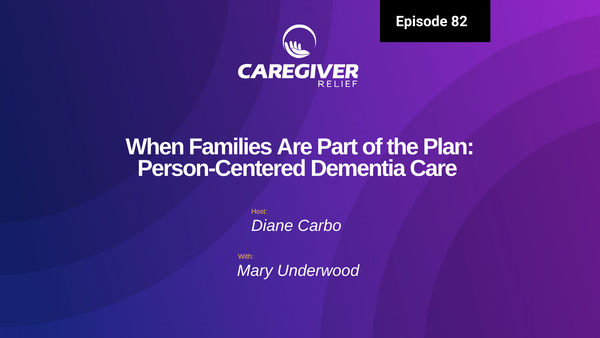Dementia Care at Home: Ensuring Ambulation and Fall Safety
Dementia can impact an individual's ability to walk and move about safely. In this blog post, we discuss strategies for assisting with ambulation, fall prevention, and creating a safe environment for those with dementia in a home care setting.

In the journey of dementia care at home, addressing fall safety becomes paramount, particularly when it comes to ambulation or the ability to walk and move about. Activities of Daily Living (ADLs) heavily rely on ambulation, making it a crucial aspect of daily life. While ambulating difficulties may not be a concern in the early stages of dementia, they become more challenging as the condition progresses. Eventually, walking may require assistance from caregivers or the use of ambulatory devices such as canes or walkers.
To create an effective dementia care plan that encompasses ambulation, consider the following points:
1.Embrace pacing and wandering: Instead of discouraging these behaviors, understand that they can help occupy their time. Attempts to prevent wandering may trigger anxiety episodes, so ensure basic needs are met while allowing for these activities.
2.Encourage daily activity: Physical movement remains vital, so provide assistance as needed to help individuals with dementia participate in activities.
3.Evaluate ambulation needs: As the condition progresses, reevaluate the level of assistance required for ambulation. The person may start moving slower, taking short and shuffling steps, especially if there is a coexisting condition like Parkinson's disease. Patience is key during this stage, as rushing can increase the risk of falling.
4.Address fall risks: Increased fall risks are common with dementia. Regularly check for potential hazards and assist in ambulation when necessary. Implement the following safety measures:
· Remove throw rugs to prevent tripping hazards.
· Wipe up spills promptly to maintain a dry and safe environment.
· Keep the temperature comfortable to ensure the person remains at ease.
· Ensure clear hallways and provide a clear path to essential areas like the bathroom.
· Monitor foot condition for blisters or skin breakdown that can impede walking and increase the risk of falls.
· Be mindful of any numbness or decreased sensation in the lower legs, which can make ambulation more challenging and increase the risk of falling, particularly if diabetes is present.
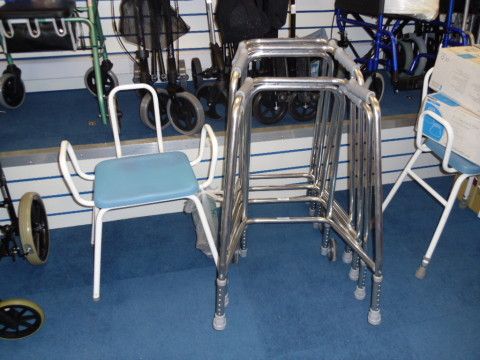
Continuing with a Dementia Care at Home Plan:
1.Supporting ambulation aid usage: Individuals using ambulatory devices like canes or walkers are already at a higher risk of falls. Proper support is crucial. Stand on the person's weaker side (if applicable) to provide balanced assistance during ambulation.
2.Respect limitations: Avoid pushing the person beyond their capabilities, as it only escalates the risk of falling. Understanding their limitations and adjusting accordingly is essential.
3.Encouraging assistive device use: While your family member may not always remember to use assistive devices, encourage their consistent usage. Expect that reminders and cues will be ongoing to ensure their safety.
4.Providing physical support: When assisting with walking, stand close to the side and slightly behind the person to provide balanced support and maintain their stability.
5.Consider physical therapy: In some cases, even during the middle stages of dementia, physical therapy may prove beneficial. Consult with healthcare professionals to determine if it is appropriate for your loved one.
Creating a comprehensive dementia care plan that includes fall safety and supports ambulation is crucial for maintaining a safe and fulfilling environment at home. By addressing these factors, you can help your loved one navigate the challenges of dementia while promoting their well-being and reducing the risk of falls.
More on Fall Prevention and Fall Recovery
Revolutionizing Elderly Independence: IndeeLift's Role in Preventing Injury and Empowering Seniors
Do Bed and Chair Alarms Prevent Falls?
How to Prevent Falls in Elderly?
Fall Prevention for Seniors in a Smartphone?
A Matter of Balance Fall Prevention Program?
Fall Prevention: How to Transfer a Person Safely
How to Prevent Falls in the Kitchen?
You might also like this article:
